(ECNS) -- New Zealand Prime Minister Chris Hipkins is paying an official visit to China from Sunday to Friday with a trade delegation, the first prime ministerial visit to China since 2019.
“It's a great opportunity for the leaders of the two countries to meet again, and for us to renew the business relationships and government relationships, and it’s a good opportunity to come together again and to look at the future,” said Brett O'Riley, chief executive of the Employers & Manufacturers Association (EMA), New Zealand's largest business association, in an interview with China News Network.
He also noted that through Regional Comprehensive Economic Partnership (RCEP)and the free trade agreement that New Zealand and China have in place, there are many opportunities for the two countries to explore.
O'Riley pointed out that the large delegation representing businesses in a number of different areas visited China together this time, including food and beverage, international education, digital gaming, meat, dairy, horticulture, and tourism, with some very famous members of their delegation, looking to attract more Chinese investment to New Zealand.
China remains New Zealand's largest trading partner and export destination, according to the latest data released by the New Zealand statistics authorities. In the first quarter, the total value of goods and services traded between New Zealand and China amounted to NZD 9.38 billion (about USD 5.71 billion). Among them, New Zealand's exports to China were valued at NZD 5.29 billion, while imports from China were valued at NZD 4.09 billion.
O'Riley noted that as the bilateral relationship has been developing, New Zealand has a much greater understanding of the Chinese market. “More New Zealand products are being tailored for the Chinese consumer and for their tastes,” he said. Part of this delegation has been game developers, and they come China to understand some of the changes in regulations and how they can participate, he added.
O'Riley mentioned an old saying, “All boats rise on the same tide”. He believes that New Zealand, with its multi-economy, has the potential to collaborate with more Chinese enterprises. Therefore, each meeting between the leaders of New Zealand and China presents an opportunity for mutual learning and inspiration, injecting new dynamics into the bilateral relationship.
The RCEP agreement officially came into effect on January 1, 2022. The agreement is implemented by six ASEAN member countries, including Brunei, Cambodia, Laos, Singapore, Thailand, and Vietnam, as well as four non-ASEAN member countries, namely China, Japan, New Zealand, and Australia.
The world's largest free trade agreement, covering the largest population and having the greatest development potential, has brought forth more potential cooperation opportunities for China and New Zealand, O'Riley said. He specifically mentioned the horticulture and clean technology sector, emphasizing that New Zealand needs to learn from China's experiences in these areas.
He mentioned that the technology of indoor cherry cultivation by Chinese enterprises has left a deep impression on him. As climate change is intensifying, this technology is crucial for ensuring food security, while New Zealand is still in the early stages of this technology. So he thinks there is an opportunity to have the China cherry industry and the New Zealand cherry industry work more closely together and share that research and development knowledge, potentially encourage investment.
Additionally, O'Riley noted that China has made tremendous progress in clean technology.“The whole Asia-Pacific region is committed to wanting to lower our carbon footprint to improve the environment and the availability of that clean technology will be very important, so we're looking for more opportunities for cooperation,” he said.
He hopes that China works together with other countries in the Asia-Pacific region to help improve the environment, reduce carbon footprint, and expand those opportunities to some of the smaller countries.











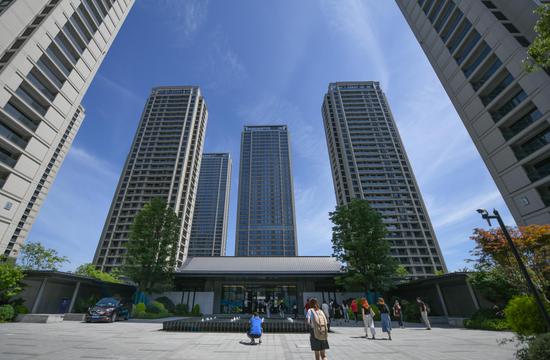

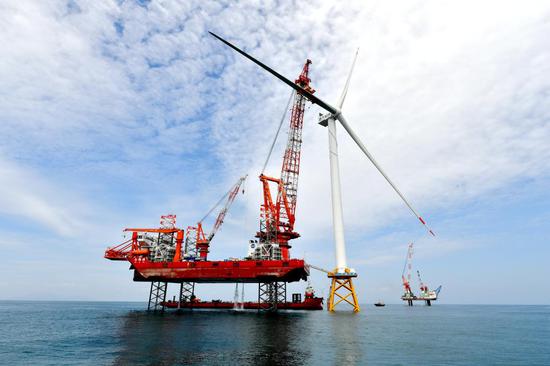
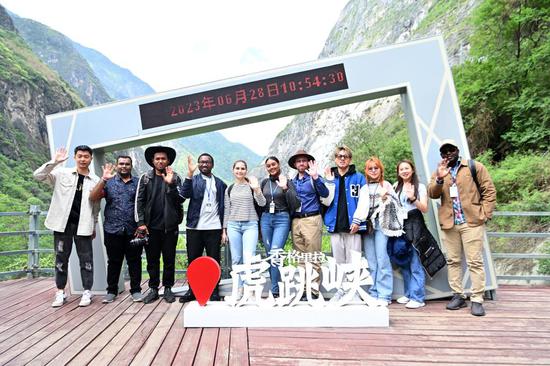
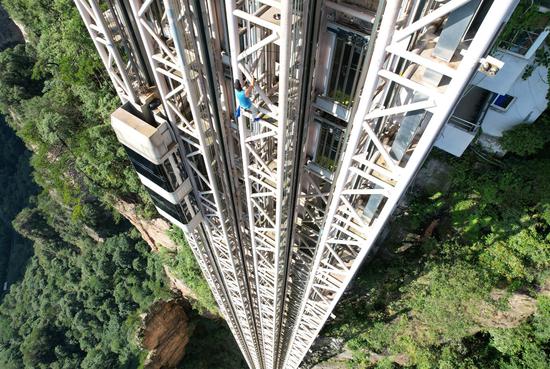
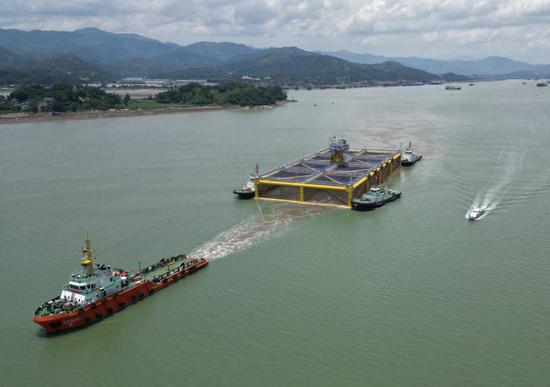
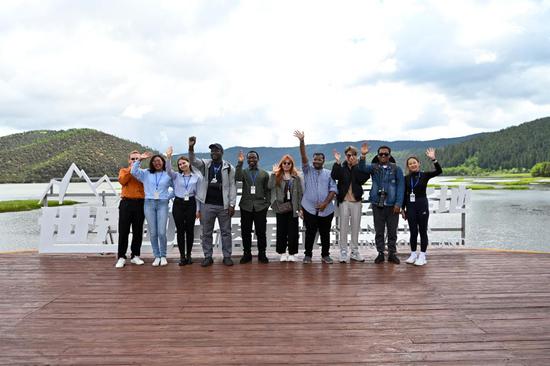
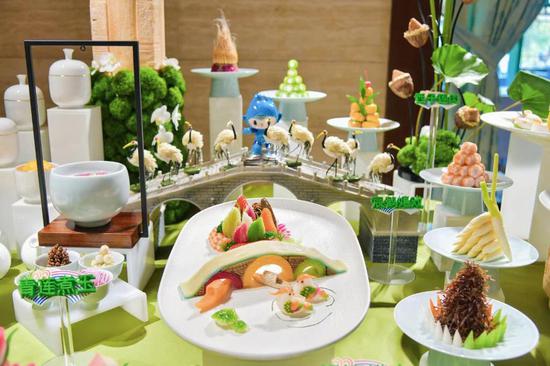
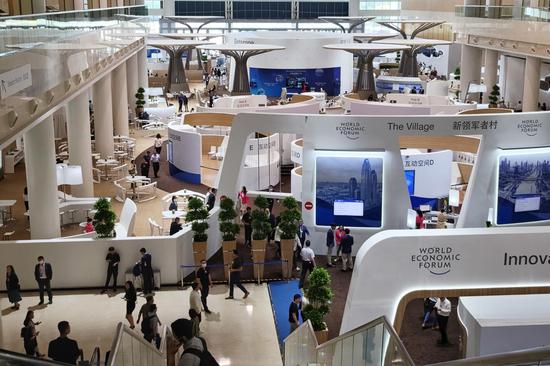

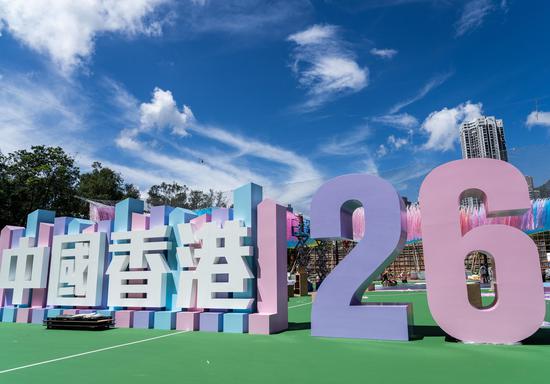


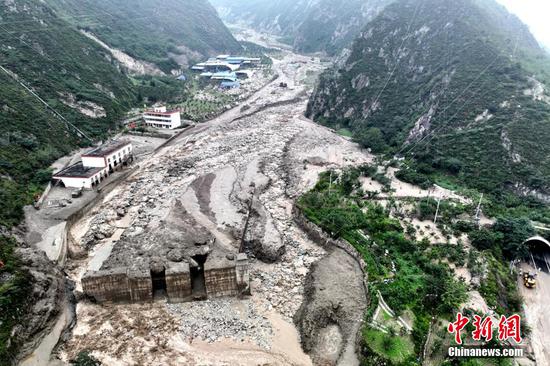


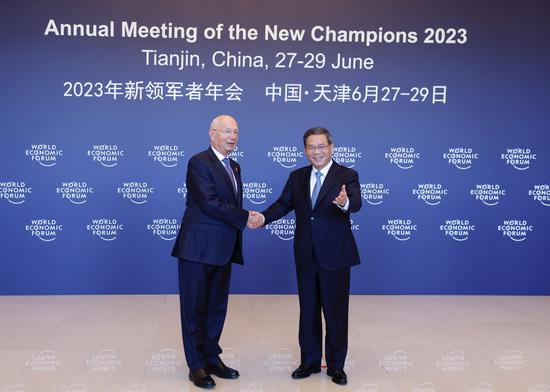
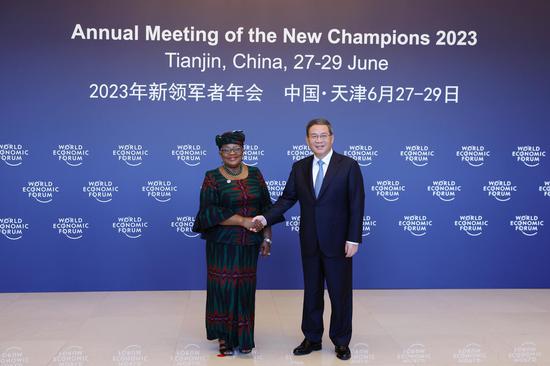
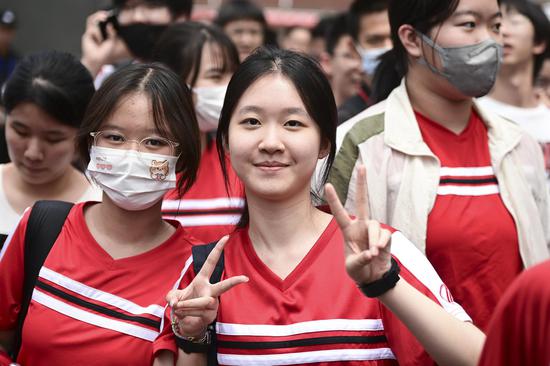
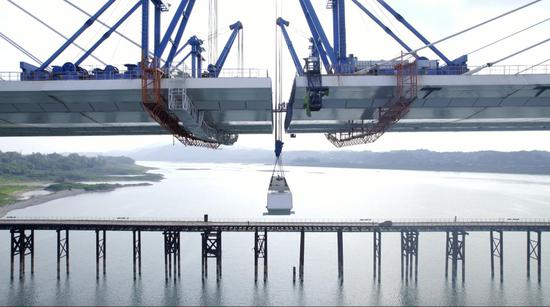
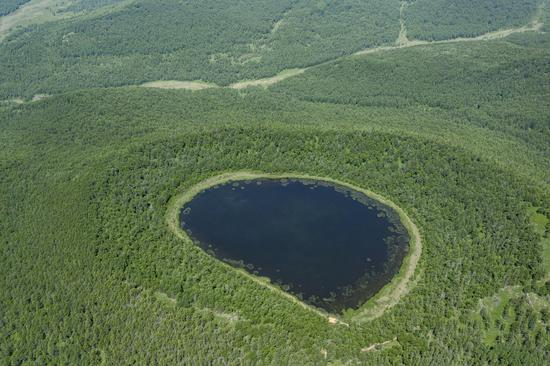
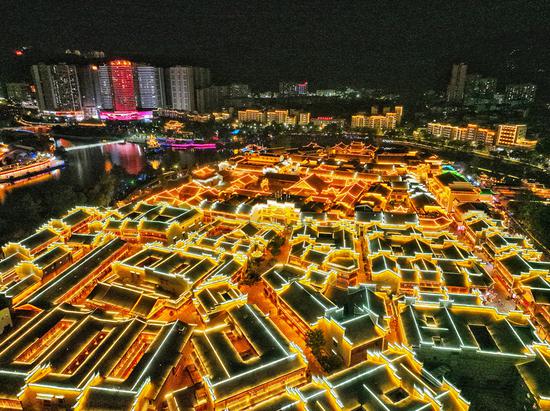
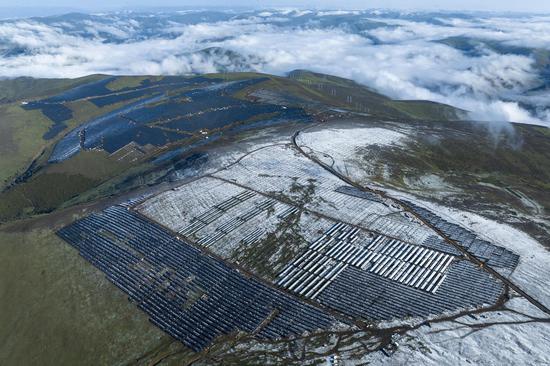



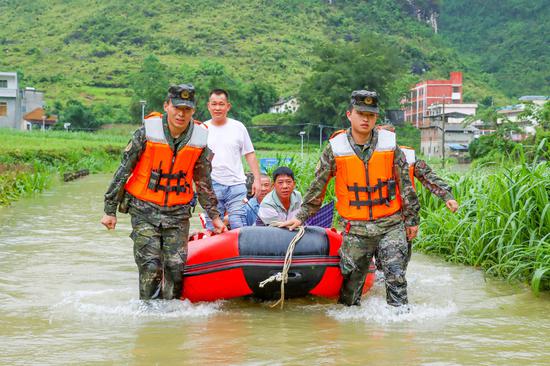
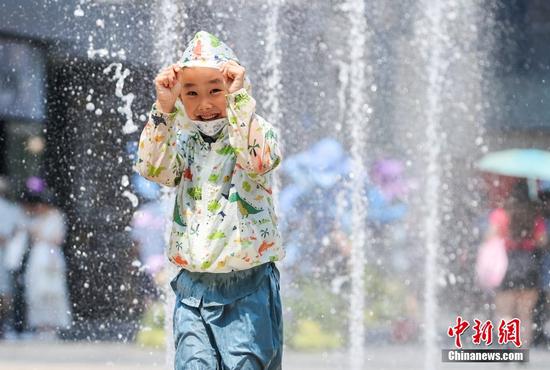
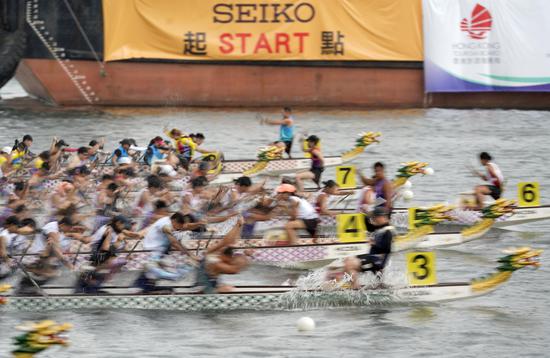
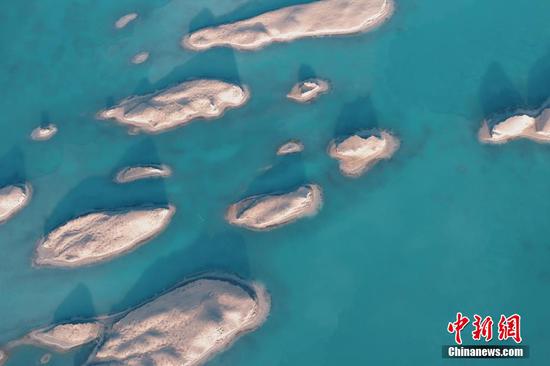
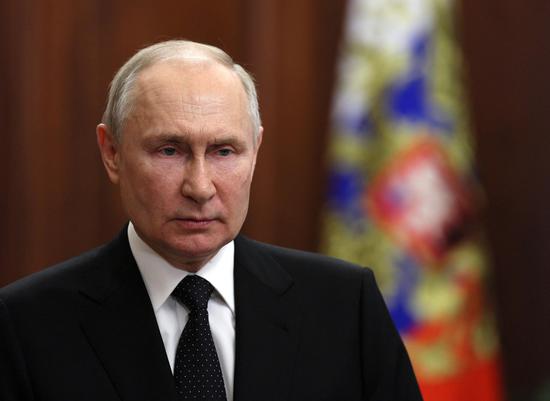

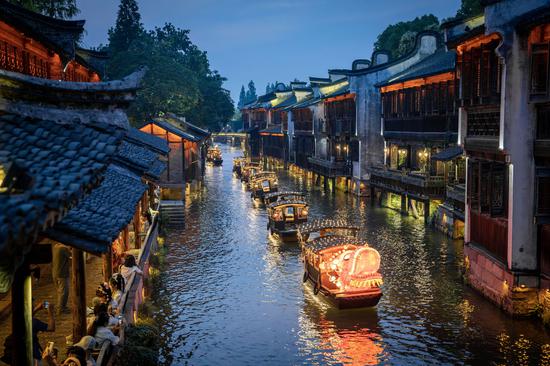
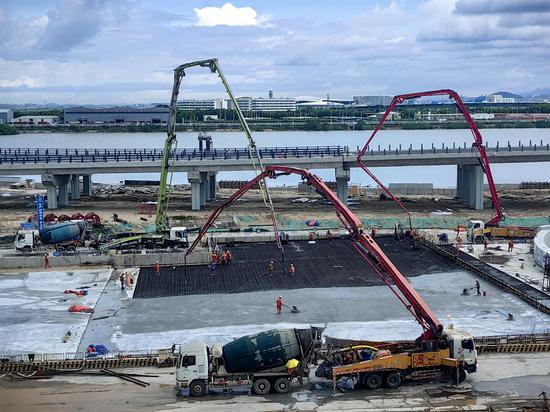

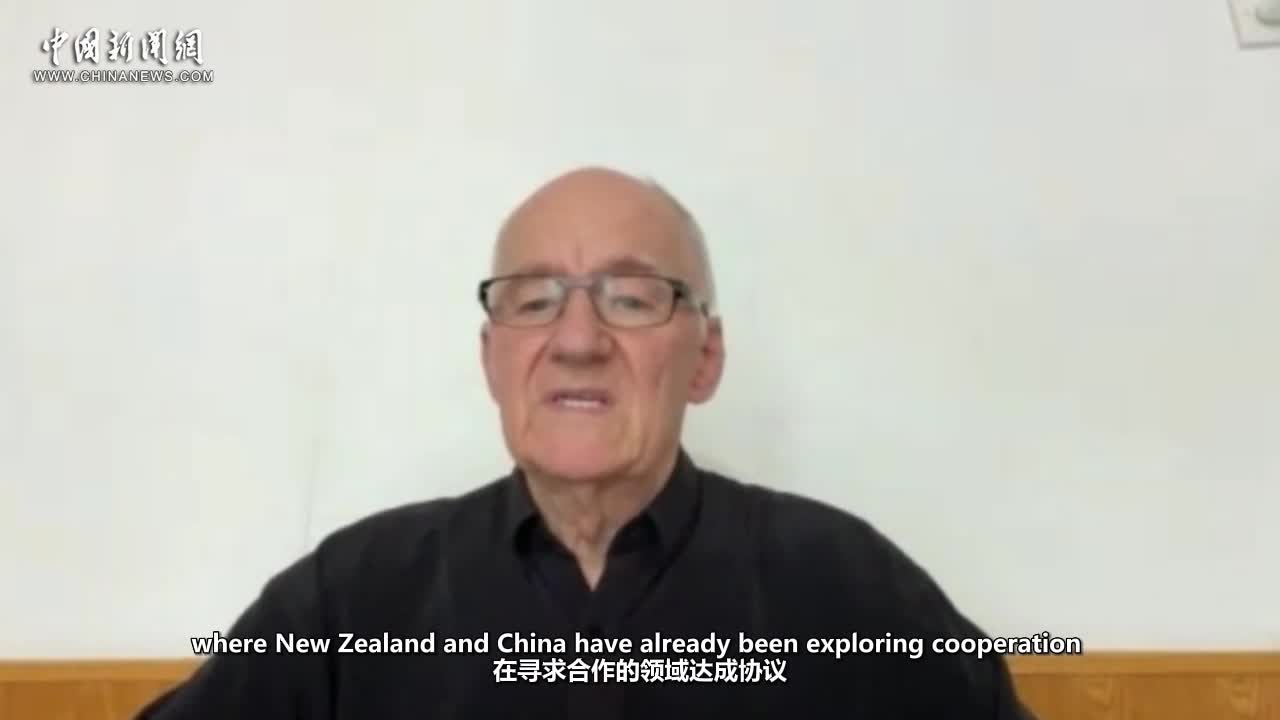

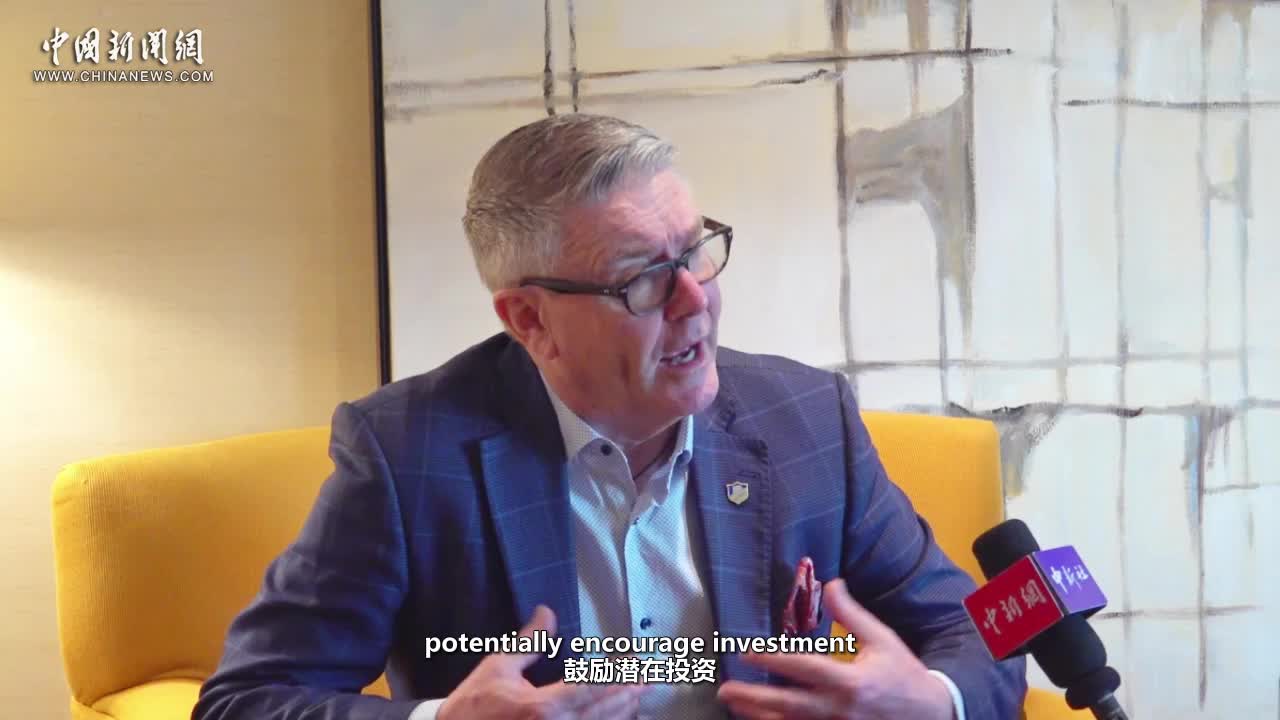

 京公网安备 11010202009201号
京公网安备 11010202009201号